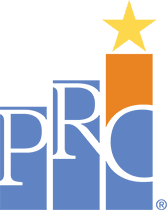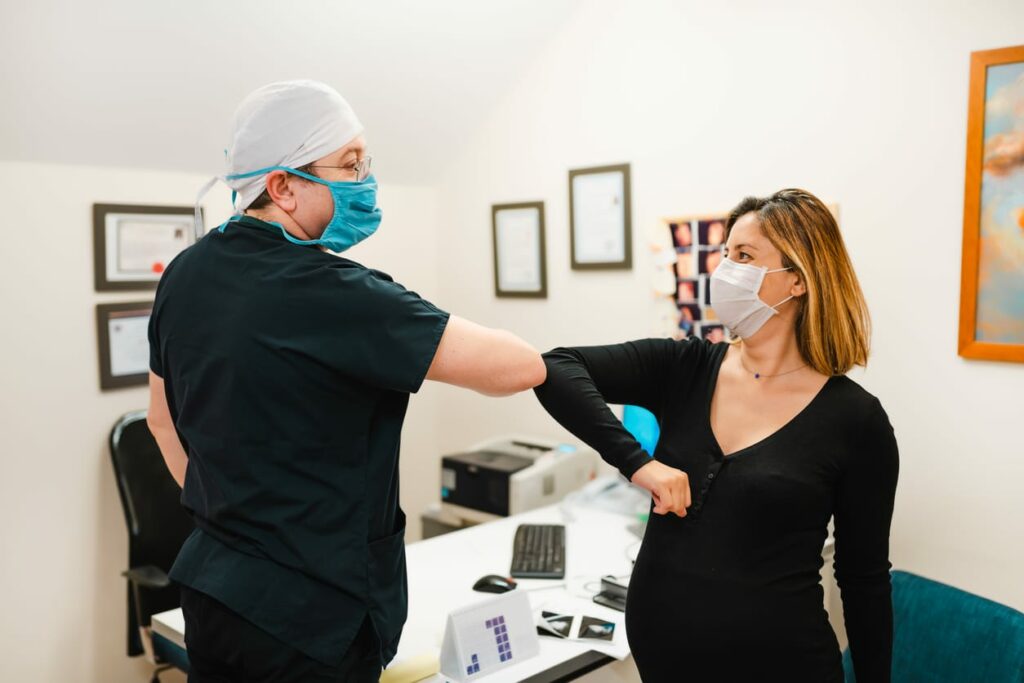Today we join our Healthcare Experience Foundation (HXF) partners to bring you an informative podcast interview with Kathleen Lynam about CARES™ Connect. Kathleen describes the elements of an effective discharge solution in this latest episode of Healthcare Experience Matters.
Kathleen is an Executive Coach and Senior Advisor with HXF and a PRC Excellence Accelerator® Coach . She is a registered nurse with decades of both clinical and managerial experience.
There are many risks to both patients and hospitals when it comes to a poor discharge experience.
As Kathleen discusses with us today, the primary risks relate to patient safety and the inability to understand post-discharge instructions. Most alarming of all risks would be a patient sent home with medication they do not understand, Kathleen told us.
“A poor discharge experience can reduce the opportunity for a patient to ask questions or clarify concerns, and the risk of readmission that might occur because of that is probably the biggest challenge,” Kathleen said.
Kathleen challenges us to remember the last impression we have had with an experience at a restaurant, hotel, or resort. She reminds us that the last part of that experience is what we remember most.
The final impression can make or break the way we remember a dining experience or vacation—and it is no different when we reflect on the final moments of our experience with a hospital.
Discharging patients in the time of COVID-19 can be especially complicated. The extra layers of gowns and masks can become additional barriers to proper communication, and more so then ever patients are without family while being cared for.
All of this makes paying extra close attention to the discharge process even more important. According to Kathleen, preparing for discharge should happen the minute the patient is first admitted.
“With COVID, many patients are alone and anxious to leave, yet unable to listen and understand all their instructions, so there’s an opportunity for a negative outcome to happen even after a perfectly good patient experience,” Kathleen said.
Discharge communication often falls flat. Thorough communication with patients is hard work. It’s a struggle that many hospitals around the world find themselves constantly trying to improve.
“Communication flaws are probably the number one challenge we have in healthcare,” Kathleen said. “There are tremendous opportunities for breakdowns in communication to happen in all of the patient experience, and certainly that’s true when they’re getting ready to go home.”
Having a systematic approach to your discharge communications can make a major difference. When it is done properly, effective discharge communication has plenty of benefits for everyone.
These advantages include:
- Better patient outcomes.
- Less hospitalizations.
- Quicker healing.
- Improved loyalty/appreciation to the hospital they were discharged from.
Like so many other aspects of the patient experience, empathy plays a major role in effective discharge communication.
“I believe empathy is the foundation of a great patient experience,” Kathleen said.
“We know that during a hospital stay, the most important factors for a patient is that they feel like they were listened to, and cared for, and that means the people caring for them have to be empathic.”
Ready to Learn More?
Listen to today’s interview in its entirety here:
Learn about getting a CARES™ Connect demo from PRC, and to learn even more about CARES™ Connect? The Healthcare Experience Academy has a CARES™ Connect course that is now available. You can check it out here.

